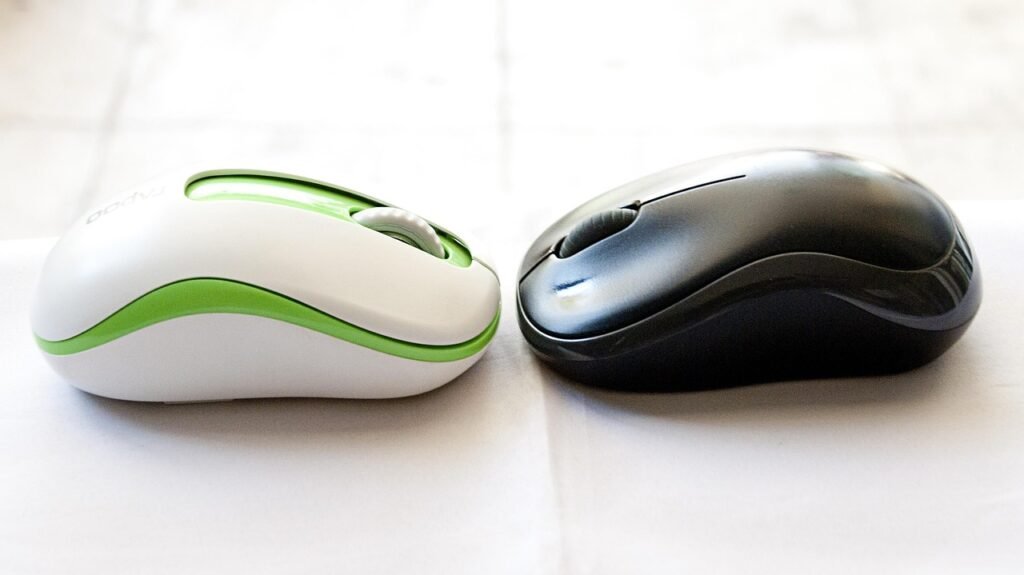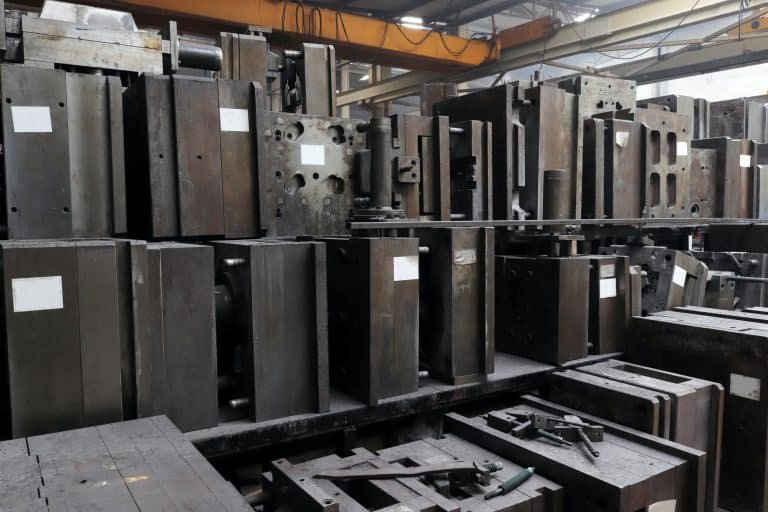Introduction
Open mold injection molding is a widely used manufacturing process in which molten plastic is injected into a mold to create various plastic products. This method offers several advantages, such as high production quantities, versatile design options, and cost-effectiveness. In this article, we will delve into the intricacies of open mold injection molding, exploring production quantity, design frequently asked questions (FAQ), common manufacturing problems, and providing examples of injection molding design.
Production Quantity
One of the key advantages of open mold injection molding is its ability to produce large quantities of plastic parts quickly and efficiently. This process from high-speed production makes it ideal for mass production. This process starts with making a mold that is mostly metal manufactured as per the specifications of the product. Next, the plastic resin in a molten state is injected into the mold, and the resin cools down and sets to the shape of the mold cavity. Once the process is optimized, it can be executed repeatedly through the use of automated systems yielding thousands of identical high-precision, high-quality parts.
Design FAQ
Designing for open mold injection molding requires careful consideration of several factors:
1. Material Selection:
The choice of plastic material is crucial as it impacts the product’s properties, such as strength, flexibility, and appearance. Common materials used include ABS, polypropylene, and polystyrene, among others.
2. Wall Thickness:
Maintaining consistent wall thickness throughout the part is essential to prevent defects like warping, sink marks, or voids.
3. Draft Angle:
Draft angles are necessary to allow for easy ejection of the part from the mold. Without proper draft angles, parts can get stuck, leading to production delays.
4. Undercuts:
Avoiding undercuts or designing them in a way that allows for mold release is important. Special mold features like slides or lifters may be required for complex parts.
5. Gates and Runners:
The location and size of gates (entry points for molten plastic) and runners (channels that distribute the plastic within the mold) affect part quality and production efficiency.
Common Manufacturing Problems
While open mold injection molding offers numerous benefits, it is not without its challenges. Common manufacturing problems include:
1. Warping:
Warping occurs when there is uneven cooling, leading to deformations in the final product. Proper mold design and temperature control can mitigate this issue.
2. Flash:
Flash is excess plastic that escapes from the mold cavity and forms thin, unwanted edges on the part. It can be minimized through precise mold design and machine calibration.
3. Sink Marks:
Sink marks are depressions on the surface of the part caused by uneven cooling or material shrinkage. Adjusting material flow and mold temperature can help reduce sink marks.
4. Short Shots:
Short shots happen when the mold does not completely fill with plastic, resulting in incomplete parts. This issue can be addressed by optimizing gate locations and increasing injection pressure.
Examples (Injection Molding Design)
Let’s explore a couple of examples of injection molding design:
1. Bottle Caps:
Bottle caps are commonly produced using open mold injection molding. The design typically includes a seal to prevent leaks, threads for easy closure, and a tamper-evident feature. Material choice is crucial to ensure the cap’s durability and sealing properties.
2. Smartphone Cases:
Smartphone cases come in various designs and materials, ranging from rugged, impact-resistant cases to slim, aesthetic ones. The design must accommodate the phone’s dimensions, buttons, and ports while providing protection and style.
Additional Open Mold Considerations
Apart from the discussed points, it’s essential to consider:
1. Mold Maintenance:
Regular maintenance of molds is crucial to ensure the quality and longevity of the production process.
2. Cavity Inserts:
For parts with multiple components or materials, cavity inserts can be used to create specific features or color variations.
3. Automation:
Automation can further enhance the efficiency of open mold injection molding, reducing labor costs and increasing production speed.
Conclusion
Open Mold Injection Molding is a process used to create plastic parts in an efficient and stylish way. Therefore, to ensure successful and cost-effective production, it is useful to consider the production quantity, design boundaries for injection molding, common manufacturing errors and examples of real-world injection molding design. Open mold injection molding is a traditional manufacturing technique that continues to be fundamental in the ever-evolving world of technology.









